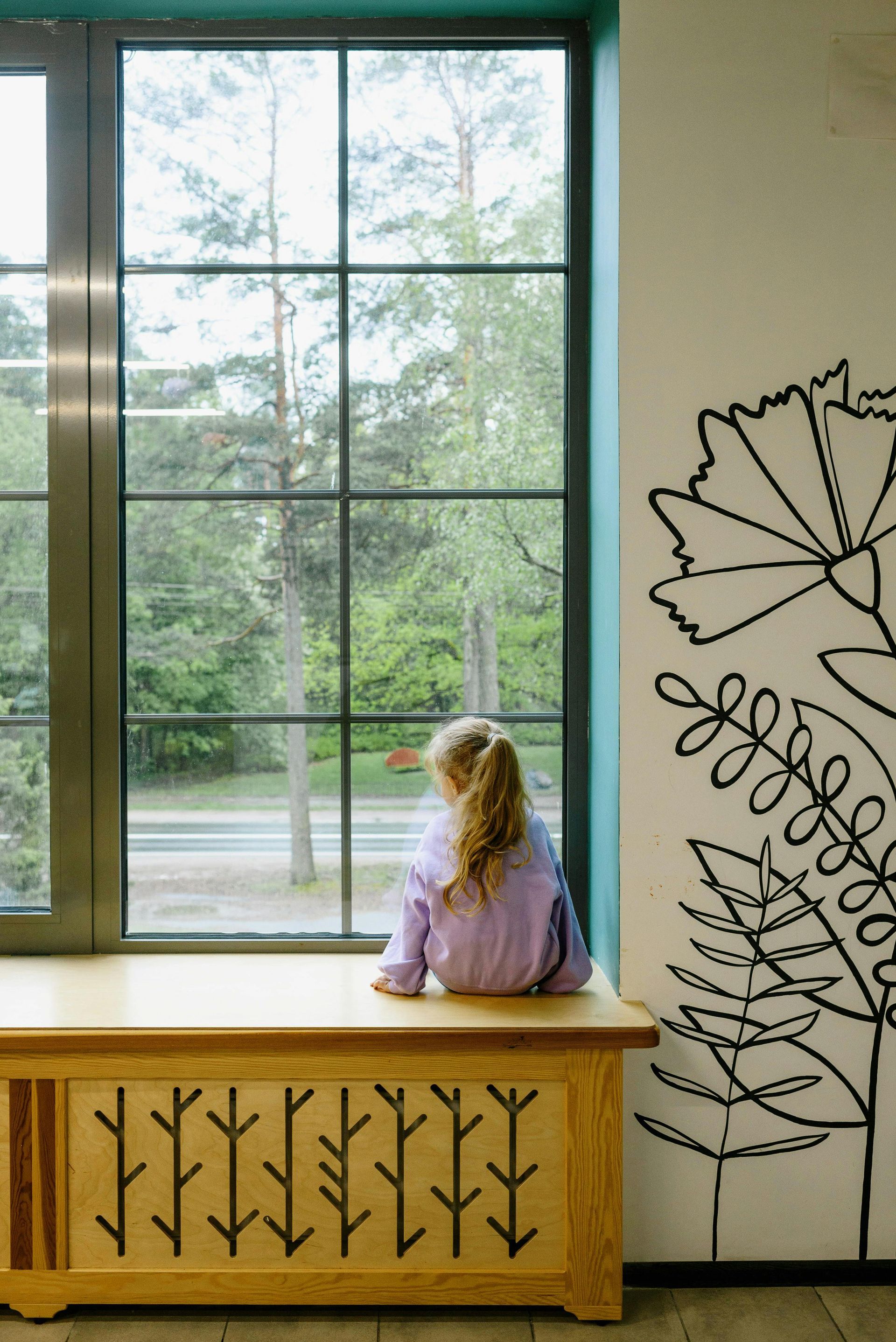Managing Change
Naturally, people will react differently to changes in life. However, it's reasonable to say that everyday life can bring a constant flux of change that can often be unsettling to our routines, increase stress, and be emotionally unsettling. The following strategies will assist you during unsettling times of change.
The Cycle of Change
William Bridges, a change management consultant and author, developed a model which focuses on transition, not change. The distinction is this: change is something that happens TO people and can happen very quickly, whereas transition is INTERNAL to the person and can take longer for the person to adjust depending on a number of variables. Bridges Transition Model identifies the stages an individual experiences during change: stage 1 - “Endings,” stage 2 - “Neutral Zone,” and stage 3 - “New Beginnings.”
1. Ending, Losing and Letting Go
Ending, Losing and Letting Go are where we disengage from the old. It involves loss, grief, shock, numbness, denial, anger, hurt, unease, resistance, blaming, complaining, feeling sick, doubt, and stress.
During this phase, consider:
- Giving yourself the time and space to come to terms with the situation and its repercussions.
- Identify what you are losing what you need to do to manage the loss. This involves determining what is over, what’s being left behind, and what you will keep and carry forward with you.
2. Neutral Zone
The Neutral Zone is where we have come to terms with the notion that change is occurring, but we have yet to connect fully, or understand the new normal. It involves feelings of indecision, chaos, unknown, anxiety, fear, confusion and distress. During this phase, consider:
- Keeping in mind, this is when the old is gone, yet the new isn’t fully apparent or operating. New identifies or new process are yet to be fully formulated.
- Keeping focused on short-term objectives and goals, while at the same time look for the bigger picture.
3. New Beginnings
New Beginnings is where we begin to understand and connect to the new. It involves energy, creativeness, renewed purpose, renewed direction, growth, and cooperation.
During this phase, consider:
- Reflecting on new understandings, values and attitudes.
- Reviewing and reflecting on strengths and skills you’ve gained through the change process.
- Analyzing the change process and highlighting strategies for further change, growth, or development.
- Identifying a new understanding of your sense of purpose and how to contribute or participate effectively.
Dealing Effectively with Change
- Create a positive vision of what change may look like at the onset.
- Acknowledge the feelings that come with going through change.
- Remember that experiencing a range of emotions in the change process is normal and to be expected. Listen and understand the emotion presented in the moment (as the presented emotion is not always what the true emotion is at a deeper internal level). Journalling or talking about true feelings and what might be triggering them can be helpful.
- Be gentle with yourself. Don’t expect yourself to snap out of it. Denying your feelings may only drive them deeper into negative feelings.
- Check your thinking patterns. How balanced are your thoughts—are you able to see the positive and neutral aspects to change or only the negative? Getting trapped in the pattern of negative thinking can keep you stuck in a negative emotional state.
- Focus on self-care. Change is stressful and can take a toll on your physical and mental well-being.
- Engage in proactive stress management techniques, such as connecting with a supportive friend or colleague to share your feelings, practicing deep breathing techniques, and getting outside for a walk.
Reproduced with permission of Family Services Canada’s FSEAP
More Resources
Finding the right support in times of need can be challenging.
Book an appointment with one of our agencies to access the support you need. Community Connect Regina offers rapid access to the support you require, and our online booking option ensures you can easily schedule appointments that suit your availability.






